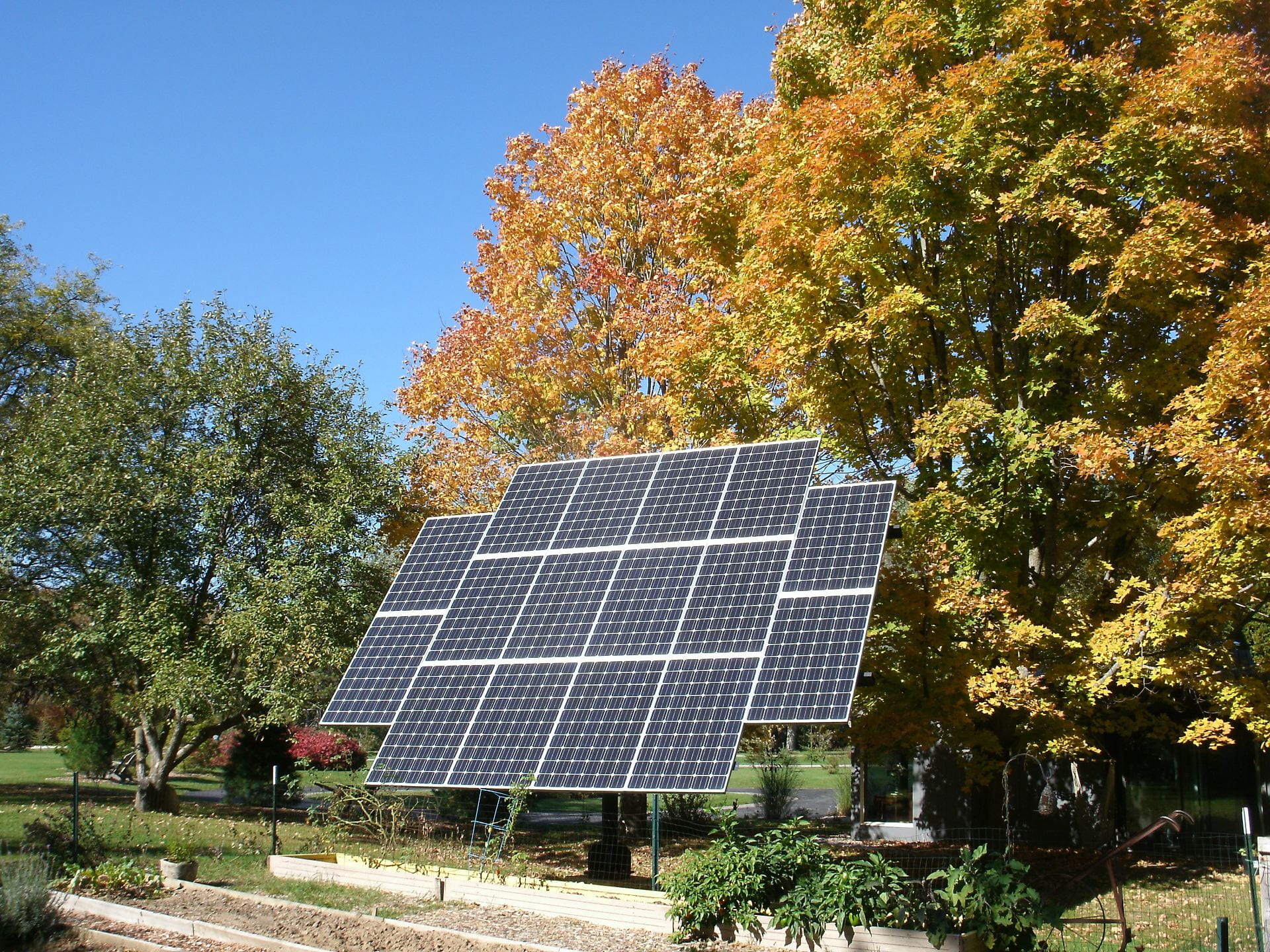Chapter 8: Case Study: Laudato Si
8.2 Looking Forward
Laudato Si’ is a good reference for topics in this book, especially in the next few chapters, particularly in its themes relevant to consumerism (including “rapidification” and what Francis repeatedly refers to as a “throw away culture”) and environmental virtue. Laudato Si’ ends with a chapter focused on environmental education and spirituality, which echoes the wilderness spirituality material we discussed in Chapter 7 and points both forward and backward to environmental education themes that underlie the framing of this book.
The encyclical is based on a review of the best contemporary ecological knowledge, but it is, at its heart, a moral document. It takes St. Francis of Assisi as the exemplar of creation care 一 someone who saw creation as a gift from God and saw in it a reflection of the goodness and beauty of God. St. Francis delighted in discovering God’s reflection all around him. Often, by taking note of the other, we are more able to be aware of divine presence in our lives. This basic orientation to God’s creation is an essential starting point and overall theme of Laudato Si’. A posture of appreciation, praise, and openness can make all the difference not only in how we respond to the need to care for creation but in whether we will make any effort to care for creation.
This hearkens back to Francis’s preference for the approach of care 一 care for our common home 一 as superior to stewardship. I said at the outset of this chapter that I thought Laudato Si’ has been the most significant development in religion-ecology in decades, and while I maintain that claim, I would be delighted to see Laudato Si’ pale in comparison to its fulfilment. Such a path would likely also involve the adoption of an integral ecology that draws both on natural ecology and human ecology, scientific and spiritual insights, and which faces difficult issues in all their complexity in order to support justice and flourishing for all life.

